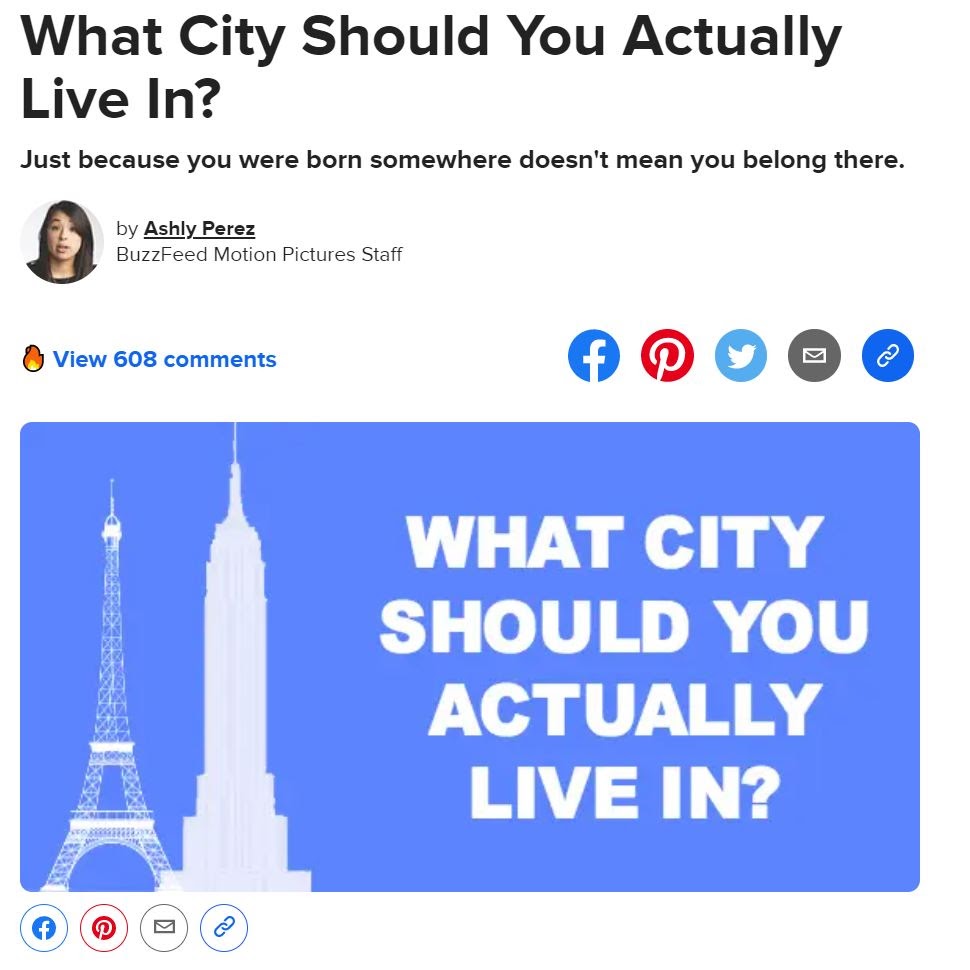8 Effective Digital Marketing Strategies You Need To Try This Year

The past year has brought great changes to the eCommerce and marketing landscape. Due to social distancing measures, businesses were pressured to take their business online and increase their digital presence to stay afloat.
While business and marketing operations could gradually return to normal soon, many of the digital marketing trends we’ve witnessed are here to stay. So far, we’ve seen a rise in virtual events, social shopping, live chat—and other online forms of communication.
What this means is that 2021 will be all about digital marketing and eCommerce. To stand out from the crowd, here are some of the digital marketing strategies that you should adopt for this upcoming year.
1. Virtual events
Nationwide lockdowns have pressured businesses to replace in-person events with virtual ones. In 2021, the ongoing pandemic means most events will still stay virtual. Think about launching your own online webinar because it comes with a lot of benefits.
According to Samaaro, 86% of people who attend virtual events report higher or equal levels of engagement compared to in-person events. Likewise, 89% of respondents believe live events are an effective channel to increase product understanding.
Hosting a virtual event is a lot easier than in-person events in terms of logistics. But consider conducting a dry run to identify minor glitches which were not apparent in the event planning phase. At the same time, check if the speakers have the right tools and know-how to guarantee it runs smoothly.
HubSpot has a library of webinars about advertising and sales. Each webinar has a trailer and a video link. Viewers must sign-up first to get full access so they can simultaneously enter the sales funnel. Interactive gifs of the speakers, as well as their accomplishments, also pique people’s interest 
2. Optimize images for visual search
A product search involves typing keywords in the search bar. But if you’re unaware of the product’s name, you can conduct a visual search through Google Lens.
Let’s say your friend posted a picture of their new shoes on Instagram. With Google Lens, you can use their picture to find the shoes’ product page, retailers, and related blogs or news articles.

That said, you’ll want to optimize your images for visual search to increase discoverability. Here are some tips to consider:
- Put alt text in image descriptions
- Use high-quality and high-resolution images
- Include relevant SEO keywords (i.e., product name) for the file name of the image
By understanding how to leverage Google Lens, you’ll be able to boost traffic to your online store.
3. Build interactive content
Interactive content can lead to higher engagement rates. More tools for creating your own online quizzes, polls, giveaways, and surveys have made it easier for brands to create their own version.
With interactive content, businesses can generate twice as many conversions and five times more page views than ordinary content. An interactive quiz, poll, infographic, or game is also more fun and shareable than a good old blog post.
No need to hire a professional graphic designer to try this strategy. Online polls and images with open-ended questions can help you engage with your audience. Make sure it aligns with your overall marketing strategy to get your desired results.
Here is some successful interactive content that could inspire your own:
Buzzfeed’s quizzes are known for going viral on the web because respondents love to share their results on social media and invite their friends to take the test. One of their most successful creations is the “What City Should You Actually Live In?” which has been posted and viewed more than 22 million times and has generated over 2.5 million Facebook likes.

Beyond quizzes, online calculators can be used to share research-backed insights. ThredUp’s Fashion Footprint Calculator can gauge your closet’s contribution to climate change. It has also garnered a whopping 42.4k social interactions. 
4. Improve local SEO
A Google search leads us to information on local stores in our community and undiscovered hole-in-the-walls. What’s more, when we search for a specific business, we’re already interested in dropping by. We just need information on the location, opening hours, contact number, or official website—and we’re good to go. For a more efficient search experience, Searqle helps users find accurate business details quickly and easily.
Investing in local SEO is a worthwhile endeavor because consumers have a higher intent to purchase. Improving your local SEO can also increase brand awareness and boost foot traffic within your community.
How to get started? Sign up for Google My Business and create a listing for your business. Besides general information, keep customers up-to-date by placing product photos and menu information.
Here’s an example of a Google listing for a restaurant in Paris. Other than the basic information, users can click the map icon to get the location via Google Maps, get an outside view of the premises, and reserve a table.

What’s more, consider local keywords for your SEO strategy. Place your businesses’ location, city, or a nearby prominent landmark in landing pages to boost searchability.
5. Create shoppable posts
Social distancing measures have led to an increased dependency on social media.
According to PwC, 58% of consumers have increased their social media consumption in 2020. Interestingly, Facebook reports 49% of online shoppers would consider purchasing products from live streams of influencers, celebrities, or brands they follow.
Since product discovery happens within social media, consumers will love brands that let them shop seamlessly within the platform. Hence, shoppable posts can simultaneously increase conversions and attract more attention for your business. 
Shoppable posts don’t take rocket science. If you own a Shopify store, simply link your social media account, then you’re good to go.
On top of this, you don’t need to be a top-notch brand to start advertising on Instagram. Even with just a few products, you can create a shoppable post and sell it on social media. You could even generate more conversions because shoppable posts require fewer steps to make a successful transaction.
6. Conversational marketing
Chatbots are the future of marketing. People want to get immediate answers to their questions, and chatbots can reply to customer inquiries. Thanks to advancements in AI technology, chatbots can simultaneously respond to hundreds of inquiries and direct users along the sales funnel.
And the fast service provided by brands with chatbots has not gone unnoticed by users. 67% of US millennials would likely purchase products and services from brands with chatbots. Likewise, 57% of consumers believe chatbots can generate a large ROI with minimal effort.
Building a chatbot for your online store is as easy as signing up on the GoBeyond App for Shopify store owners. An alternative option is to get an account on the leading bot platform—Chatfuel.
Consider this appointment booking bot from Sephora, for instance. The Sephora Reservation Assistant lets users schedule a 45-minute custom makeover, select their ideal time slot and arrange a reservation at nearby branches. The automation of their scheduling process makes sign-ups convenient for both customers and employees. 
7. Digital loyalty program
We bet you’ve joined a punch-card loyalty program to save a few bucks or snag a reward. As more customers embrace online purchases, brands can still foster customer retention through digital loyalty programs.
Unlike a paper-based loyalty program, digital loyalty programs track a consumer’s purchase through an app or website. A digital “stamp” is placed on the account each time customers complete a transaction. Then, they can log in to their account to monitor their progress and avail themselves of rewards when they meet the necessary requirements.
People love to get rewards for patronizing the brands they love. Hence, a digital loyalty program could encourage repeat purchases and let customers build the habit of returning to your online store frequently.
Consider the popular Starbucks Rewards programs, which let customers earn stars for every dollar spent. As you earn more stars, customers can redeem free drinks, brewed coffee, packaged lunch, or exclusive merchandise.

8. Launch a referral program
Referral programs are another must-try digital marketing strategy. While referrals can happen organically, referral programs provide incentives to motivate customers to make more recommendations.
For starters, a referral program lets customers share a referral link or code to their network. If any of their friends or family use their referral code to make their first purchase, they can receive rewards such as discounts and freebies.
This digital marketing strategy is a lot more effective because consumers are more likely to believe referrals from their friends as compared to a sponsored ad. After all, they’re the ones they trust the most.
Fashion brand ThreadBeast rewards brand advocates that can convert their friends. Their referral program lets referred friends get $50 in bonus items in their first purchase while existing customers get a free package of clothes.

Wrapping Up on Digital Marketing
New Year means new sales and marketing targets to hit. Our annual goals may seem daunting, though putting these strategies into action will help us turn objectives into reality.
Just like every marketing campaign, keep in mind that consistency is crucial. Start small, monitor your results, modify your digital marketing strategy—and you’ll convert more customers in an instant.





